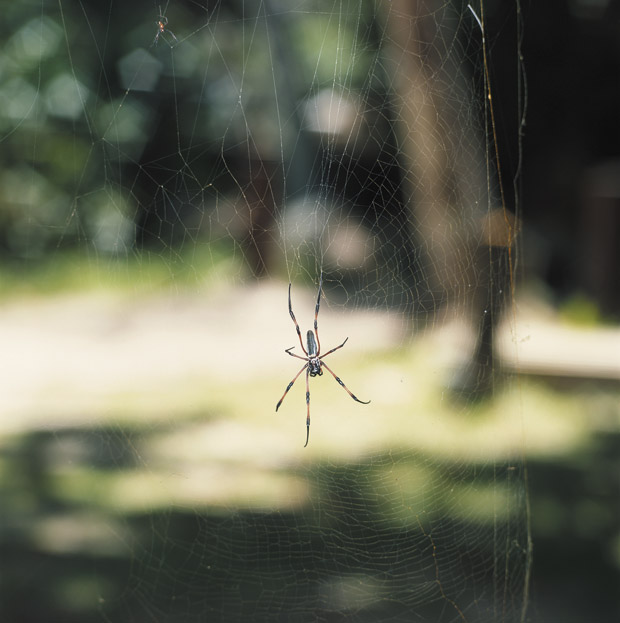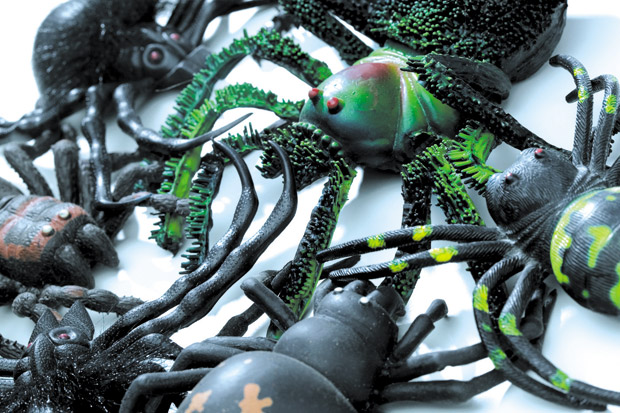Horror films and I do not get along. I find myself completely avoiding them, not just at the theater or when I’m searching for a rental, but also when I’m flipping through channels and notice the trailers. Nope, can’t watch those either. I think back to my childhood and get chicken skin remembering flicks like The Exorcist, Candyman and — perhaps one of the worst — Arachnophobia.
I used to lie in fear, thinking of getting possessed by the devil or invaded by spiders. With Halloween around the corner, the decorative spiders have reawakened my fears. It is one thing to fear fantasy and unlikely events, but quite another when you feel that your fear could be realized.
Like most things in life, you can downplay your fear if you learn more about it. The State of Hawaii’s Department of Health (DOH) Disease Outbreak Control Division gives a breakdown of spider bites, including common spiders and ways to prevent bites in the first place.
According to the DOH, there are at least 15 species of spiders in Hawaii. Some of the most common include the cane spider, which is also known as brown spider. These are fairly large, with approximately 3-inch leg spans or bigger. Other sites have compared the size of a cane spider to that of a can of tuna. Luckily, these spiders tend to be “shy and harmless,” according to the DOH. If they do happen to bite you, the bite will not result in long-term problems.
Other common spiders are the southern black widow and the brown widow. Unlike the cane spider, these have dangerous bites that the DOH says necessitate a visit to the doctor. Also listed as a dangerous spider is the bold and daring jumping spider. These are only about half an inch in size, but have painful bites that “may produce redness, swelling and blistering,” according to the DOH.
Spiders will typically bite while you are outdoors, working in the garden, or around the home. The DOH recommends sealing cracks around your abode, removing spider webs and wearing protective clothing while working outside. The department also recommends shaking out clothing and shoes before getting dressed.
If a spider bites you, the DOH advises to wash the area with soap and water. Follow this up with clean, sterile dressing and apply a cold compress. If you can, look for the spider and identify it. Keep an eye on the bite for infection, and visit a doctor if necessary, along with your guesses as to what type of spider it might be.
Have a comment or question for Joanne? Email thefixisin@gmail.com.


